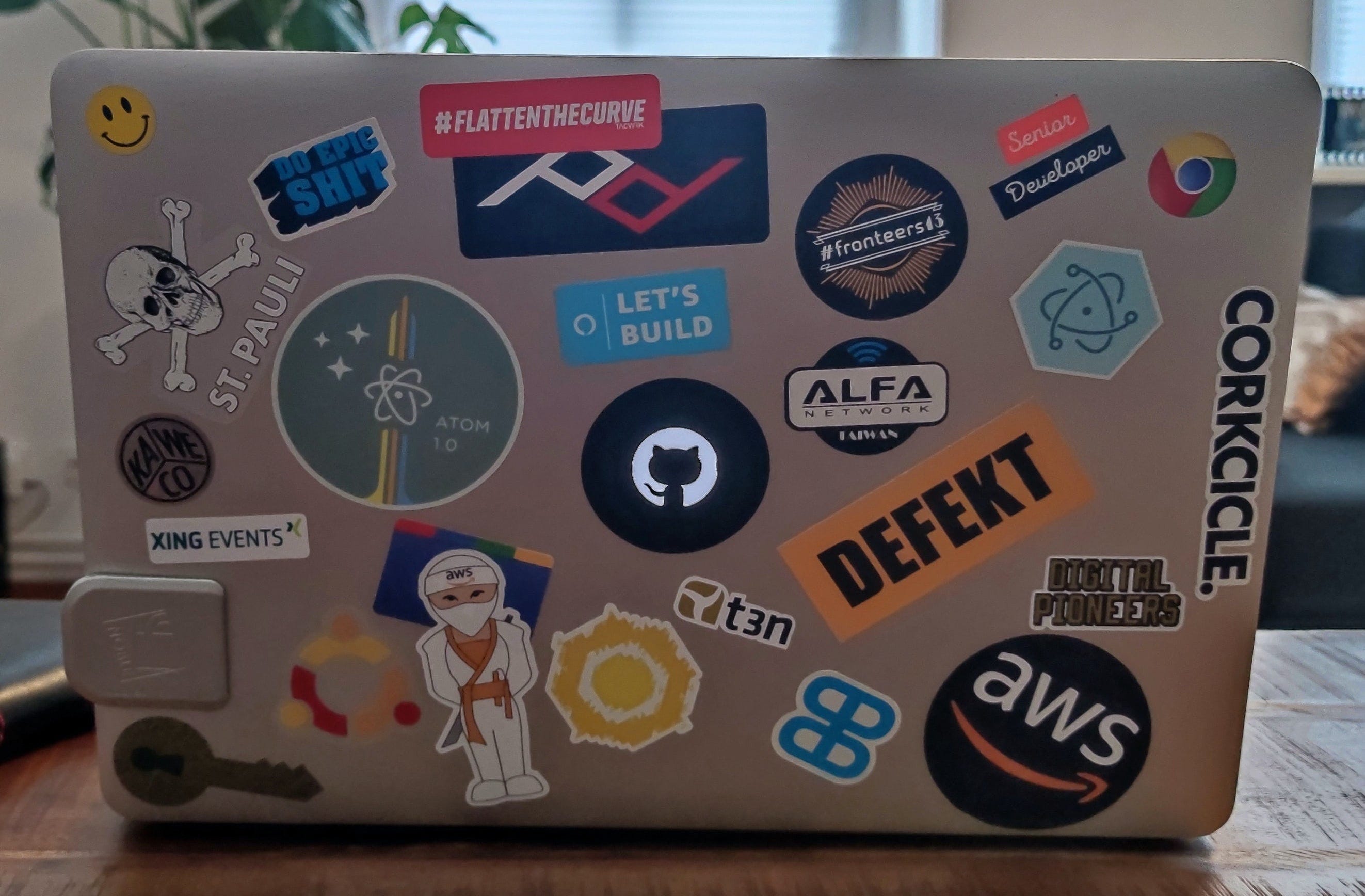In this edition, Livio looks at the disruptive potential of low-code/no-code platforms and how well-organised, motivated Citizen Developer networks can help to drive ground-up innovation
In the internet of forgetting, some not-so-new things are sometimes presented as the latest and greatest. Enterprise software vendors are masters at this, safe in the knowledge that their buyers’ attention spans are often dulled by an endless stream of meetings, and that one minute of innovation in the consumer web equates to a year or more of painful progress in enterprise IT.
A good example is the current hype around low-code/no-code (LCNC) platforms, which are seen as revolutionary because they allow ordinary business people to make applications with little or no coding knowledge, within an IT-approved environment and limited need for support or permissions, which makes the CTO/CIO function very happy (so long as some basic rules are in place).
In fact, the idea of drag-and-drop interfaces enabling applications to be built with limited or no coding knowledge has been around for a while. We used to call them mashups and the best-known example of that simpler time was probably Pipes. The fact that this was a Yahoo! product tells you all you need to know about LCNC not being as new as vendors claim, but in fairness both the platforms – and some of the corporate IT functions enabling them – have come a very long way from those early days.
What makes all this exciting is that LCNC platforms provide ready-made, IT-approved environments for experimentation by non-technical business users. The rise of ‘Citizen Developers‘, finally free to just fix everyday issues, automate repetitive tasks, and hack solutions that improve their working lives, also generate precious learning-by-doing opportunities, which in turn promise to spark a culture of continuous innovation.

Image by Alex Kulikov
But how do you turn LCNC availability into a thriving Citizen Developer movement? As ever, just switching on a new platform and hoping for the best will see it languish in the pit of all your other we-almost-made-it IT investments. This is not just about technology – it is about building networks of digitally confident employees, willing to experiment and prototype solutions. It is also not about big-bang, top-down, jazz-hands ‘Innovation’ programs with a capital ‘I’, proven time and again not to work.
Our experience of planning, launching, teaching and supporting Citizen Developer networks has provided us with a few insights into what must be in place to make them successful. Skip the permissions. Skip the bureaucrats. Skip the “leave it with us, it’s on the roadmap” stage. LCNC lets you do it yourself – and if it works for you, you can share your solution with others:
- Shared mission: leaders have a key role to play here. This might seem counter-intuitive, but creating the right conditions (including psychological safety) and providing a sense of direction to solve key organisational challenges alongside day-to-day issues will increase your chances of success exponentially. Think thematically – the way VCs do when building portfolios – to provide a strong focus for LCNC efforts. These can start as generic use cases (e.g. getting more people to utilise an existing platform to improve collaboration, or improving overall digital dexterity) and as the network matures you can try to solve more tricky operational efficiency or production workflow challenges. Generally, it is better to start broad and narrow down later.
- Sense of urgency: things have been broken in the enterprise for too long. Digital platforms and the new ways of working that accompany them offer many clear and present opportunities for both piecemeal improvements and wider organisational changes. It is no coincidence that citizen development activities have thrived in these pandemic times, since what used to be seen as one of many VUCA possibilities has forced far-reaching change. In this ‘next normal’, all able hands must be on the digital pump and LCNC offers some shortcuts to success.
- Agile working units: when building a Citizen Developer network, think of teams (or squads, not necessarily in the Spotify sense) as the default organisational building block for your efforts. Typically made up of digital innovators (those who come up with the ideas), digital guides (those who can support the innovators in actually making the applications, also providing a mix of technical and business support) and digital leads (who act as the leadership link to the business, providing a sort of product owner role, but also air cover to ensure the team is protected from everyday corporate nonsense).
- Cultural ties: much is made of team culture, but at its most basic, using a regional (or even national) lens within a multinational and widely distributed enterprise can provide some linguistic and cultural ties that further strengthen team bonds, as well as ensure that the problems being solved are not those inherited by some abstract corporate layer. This may not be appropriate in every case, but it is worth considering as it can lead to failure if ignored (the not-made-here, everything-in-English syndrome).
- (some) Game dynamics: again this is not the massive online player game dynamics loved by low-rent marketers as a substitute for original ideas, but the creation of lightweight competitive conditions, for example with time-bound development timeframes, a final prototype pitch to win senior management support, or benefitting from a wider reward and recognition framework. All of these can help to move your efforts much faster, while injecting some friendly team rivalry.
- A working knowledge of prototyping techniques: most enterprise apps are still built with little to no thought for end users and putting LCNC tools in the hands of non-techies means that key techniques required to design, prototype and test your apps are missed. We have been using – and teaching – Design Thinking (the ‘why’) as the natural companion to Agile (the ‘how’), which has the added benefit of spreading awareness of how apps should be built from an end-user perspective, leading to better product commissioning (itself a key weakness when ‘the business’ deals with internal or external tech ‘resources’).
- Protected time: this is often the biggest challenge beyond the initial launch of a Citizen Developer movement inside a large company. Since Citizen Developers are usually employed elsewhere in the business, first obtaining and then protecting enough play time is a critical consideration. We have leveraged existing innovation time initiatives, hackathon days, or alternatively just ensured that Citizen Developers could spend a % of their time on this type of activity, usually with senior leadership support.
- Communication: this works on two levels. First, you need to ensure that basic team collaboration practices are in place, supported by tools that enable both sync and async discussions, coordination, experience sharing and continuous learning in the flow. Second, if this is part of a wider enterprise program, you need to ensure the whole company is aware of what is possible, and that sufficient numbers of volunteers come forward, using a range of internal comms to publicise this as widely as possible.
As a final thought, placing powerful LCNC tools in the hands of business users, as opposed to traditional development teams or dedicated internal tech functions, has sparked some fears that this could spell the end of coding. I believe that, if anything, this will simply raise the bar of what qualified developers will be able to focus on, by giving business users a much better insight into what it takes to create applications and the business requirements clarity that development teams need to succeed, rather than being on the receiving end of barked feature requests in sprint-theatre meetings.

